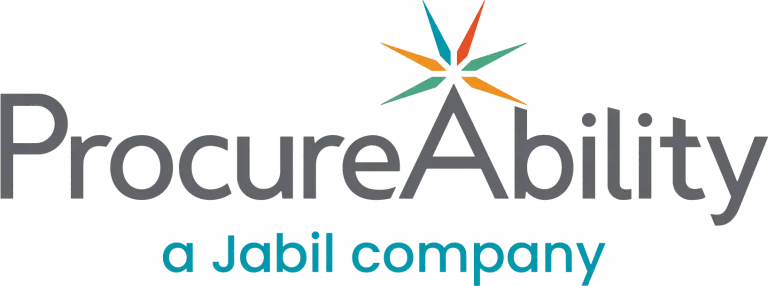 Sustainability in Procurement
Sustainability in Procurement
Redefining supply chain efficiency in a new era
For most CEOs, sustainability in procurement and supply chain management is now a core part of the long-term agenda. Beyond adding ESG goals to corporate strategy, many companies have made public commitments. For instance, reaching net-zero emissions by 2025 or 2030. At the same time, they recognize that regulations and global supply chains continue to evolve amid shifting political landscapes worldwide.
Regardless of who sets the strategy or makes the pledge, procurement and supply chain teams are often responsible for delivering on those ESG commitments. These teams must translate broad sustainability goals into practical action plans. They need clear metrics, defined timelines, and shared accountability.
Whether navigating new regulations, managing global emissions, ensuring ethical labor practices, or evaluating n-tier supplier performance, procurement must show measurable progress and communicate results clearly.
 Enhancing supply chain transparency through multi-tier sustainability reporting
Enhancing supply chain transparency through multi-tier sustainability reporting
One of the biggest challenges in sustainable procurement is relying too heavily on self-reported supplier data. While self-reporting is a good starting point, it rarely provides enough proof that companies are meeting their commitments. This is especially true beyond tier-1 suppliers.
Can a CEO or CPO confidently trust sustainability data from tier-2 or tier-3 suppliers? Often, the answer is no. The solution is to implement robust supplier audit processes. Additionally, use digital tools to verify data, ensuring all claims are traceable and reliable.
Most procurement organizations have a clear understanding of their tier-1 suppliers. However, the further down the supply chain you go, the harder it becomes to monitor. Achieving reliable multi-tier supplier transparency requires close collaboration with direct suppliers, encouraging them to apply the same scrutiny and accountability to their own suppliers. Strong data and process governance, along with the right tools, is essential to maximize the value of the information collected.
 Embedding circular supply chain practices into procurement strategy
Embedding circular supply chain practices into procurement strategy
Beyond traditional n-tier supply chain models, today’s companies must embed circular economy principles into product design and procurement processes. This is particularly critical in eCommerce and consumer goods sectors. In these sectors, packaging, delivery, and returns introduce major sustainability challenges.
Reverse logistics, packaging waste, and short product lifecycles—especially in fashion and electronics—require a shift from linear to circular thinking. This means sourcing materials for reuse, planning for end-of-life product collection, and embedding circularity into every stage of procurement, rather than limiting it to annual reviews or Earth Day campaigns.
 Building a sustainable global supply chain workforce
Building a sustainable global supply chain workforce
Sustainable procurement isn’t just about materials and emissions. It also involves human capital. As companies expand into global markets such as India, Vietnam, Mexico, or China, they have a significant opportunity to build thriving, ethical workforces. However, hiring talent for short-term gains is not sustainable. Organizations must invest in the right capabilities to support and develop this new supply chain workforce for long-term success.
True supply chain sustainability means investing in local communities, supporting skills development, and building a workforce that can adapt to changing manufacturing and service needs. Even in the U.S., the talent gap poses a challenge and can hinder large-scale reshoring of manufacturing. Procurement must play an active role in shaping the workforce of the future by working with HR, local governments, and NGOs to promote sustainable economic development. This effort may also require targeted supplier development programs to achieve long-term goals.
 Aligning procurement strategy with ESG accountability and public expectations
Aligning procurement strategy with ESG accountability and public expectations
Procurement’s role in sustainability doesn’t end with internal implementation. Increasingly, sustainability progress is shared publicly, in ESG reports, investor briefings, and press releases. That means procurement teams must prepare for scrutiny and be ready to stand behind their strategies and results.
Today’s consumers and markets expect transparency and accountability across even the most complex global supply chains. Whether or not procurement teams are accustomed to public-facing roles, they must be ready to respond—equipped with data, context, and credibility.
This readiness starts with sustainable planning processes. How will performance be defined, measured, and enforced? How can procurement create an extended value chain that’s not only efficient but also resilient and responsible?
 Procurement as a strategic driver of sustainable change
Procurement as a strategic driver of sustainable change
As procurement and supply chain teams work to meet (and exceed) sustainability goals, they must navigate a rapidly shifting landscape with clarity, intent, and resilience.
By improving supplier transparency across every tier, integrating circular economy practices, focusing on ethical and future-ready labor, and aligning with corporate ESG goals, procurement can lead the shift toward a truly sustainable supply chain. It has evolved beyond a support role to become a strategic driver of long-term business success.


 Sustainability in Procurement
Sustainability in Procurement

